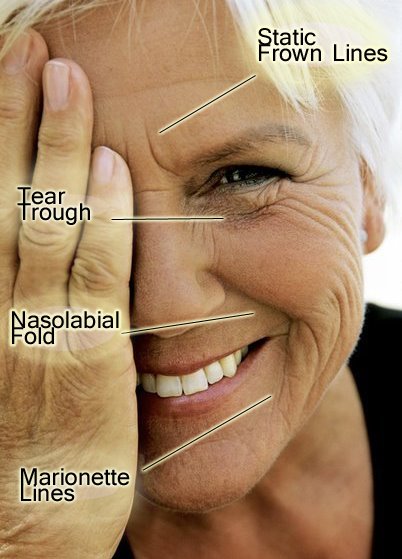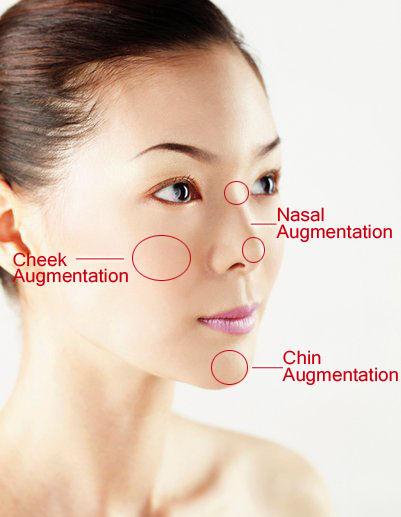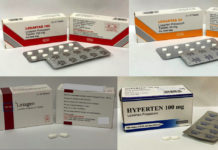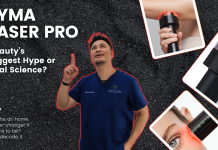Fillers are used to restore lost volume anywhere on the body, mostly secondary to aging. And I like it. It easy fast to deploy in good hands and there is virtually no down time.
Dermal Fillers: A Little History
Fat was used as the first filler materials. In the later part of the 19th century, fat from another part of the body was used to fill volume in patients after trauma. Fat transfer was, in fact, the most commonly used filler in the 20th century. In the 1970s, collagen, made from bovine (cows and bulls) sources, became the filler of the day. However, as foreign materials, collagen had the potential to cause allergic reactions, and its effects are short lasting.
Fillers Boom
Keeping it Simple
Results

Fillers can be used in many areas in the face. They can be used to soften lines, such as the nasolabial fold, lines around the mouth, or deep set wrinkles such as frown lines.
They are used to restore lost volume (secondary to aging) on the cheeks, under the eyes
They are also commonly used to enhance the lip contour or plump up the lips. (think Angelina Jolie!)

A relatively newer use for fillers are to augment the features of the face: to create a more pronounced chin, or fuller cheeks; or a better looking nose even!



















(For Hyaluronic fillers) – During the first few days, molding is still possible.. it can shift slightly.. but after a few days, it fixes to the tissues and shouldn’t move anymore.. <BR/><BR/>Permanent fillers, on the other hand may migrate after some time.
Pimple gel: <BR/>not likely to get sensitized to it.. <BR/>Look out for my article on acne for more.. coming soon! =)